Designing Paris: The Definitive Guide for Travellers
Redesigning Paris The Paris that many of us know and love did not always look as it does now. When Napoleon III instructed Hausmann to tear down the urban centre to make way for the…
24 Feb 19 · 9 mins read
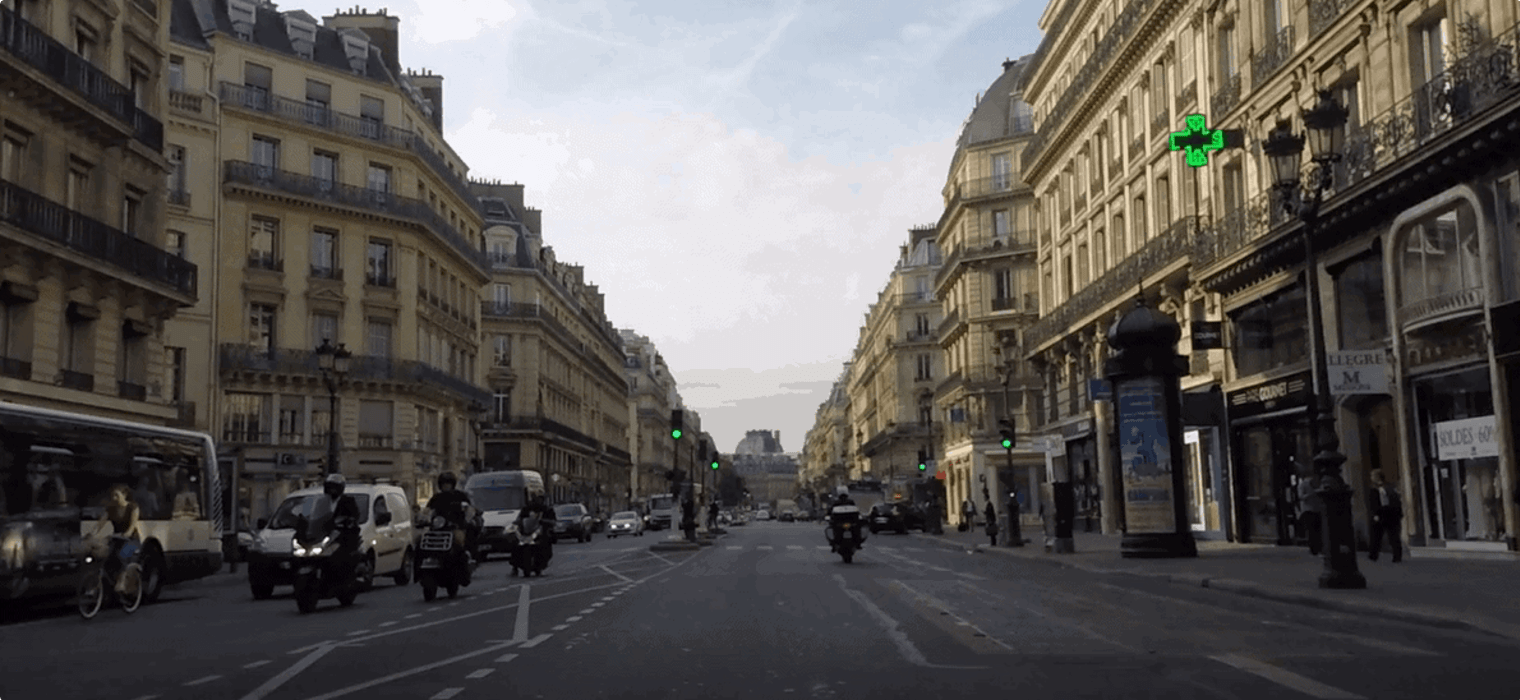
Redesigning Paris
The Paris that many of us know and love did not always look as it does now. When Napoleon III instructed Hausmann to tear down the urban centre to make way for the white vision it is today, most did not agree with the pair’s methods. However, the City of Light is the immaculate facade that it is thanks to their imagination. This article will briefly look at the urban redesign of the sights of Paris by Baron Hausmann and Emperor Napoleon III, that overhauled the city in the time of the Second French Empire, 1852 to 1870.
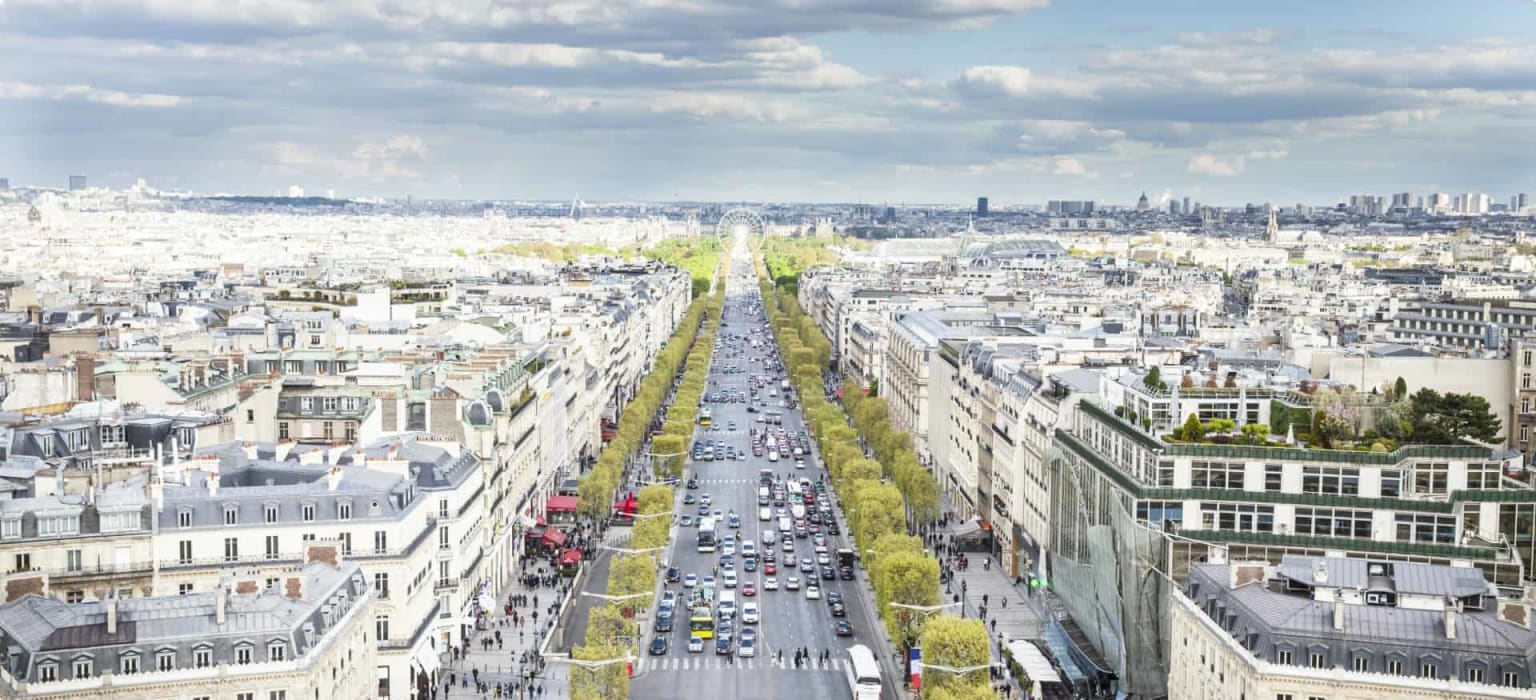
The history of France is long and tumultuous. The entire history and culture of its leaders and people, is beyond the scope of this article. However, if you are looking for more information or in-depth understanding of French history, please have a look at our French reading list, on which you can find ten highly recommended books about the history and culture of France.
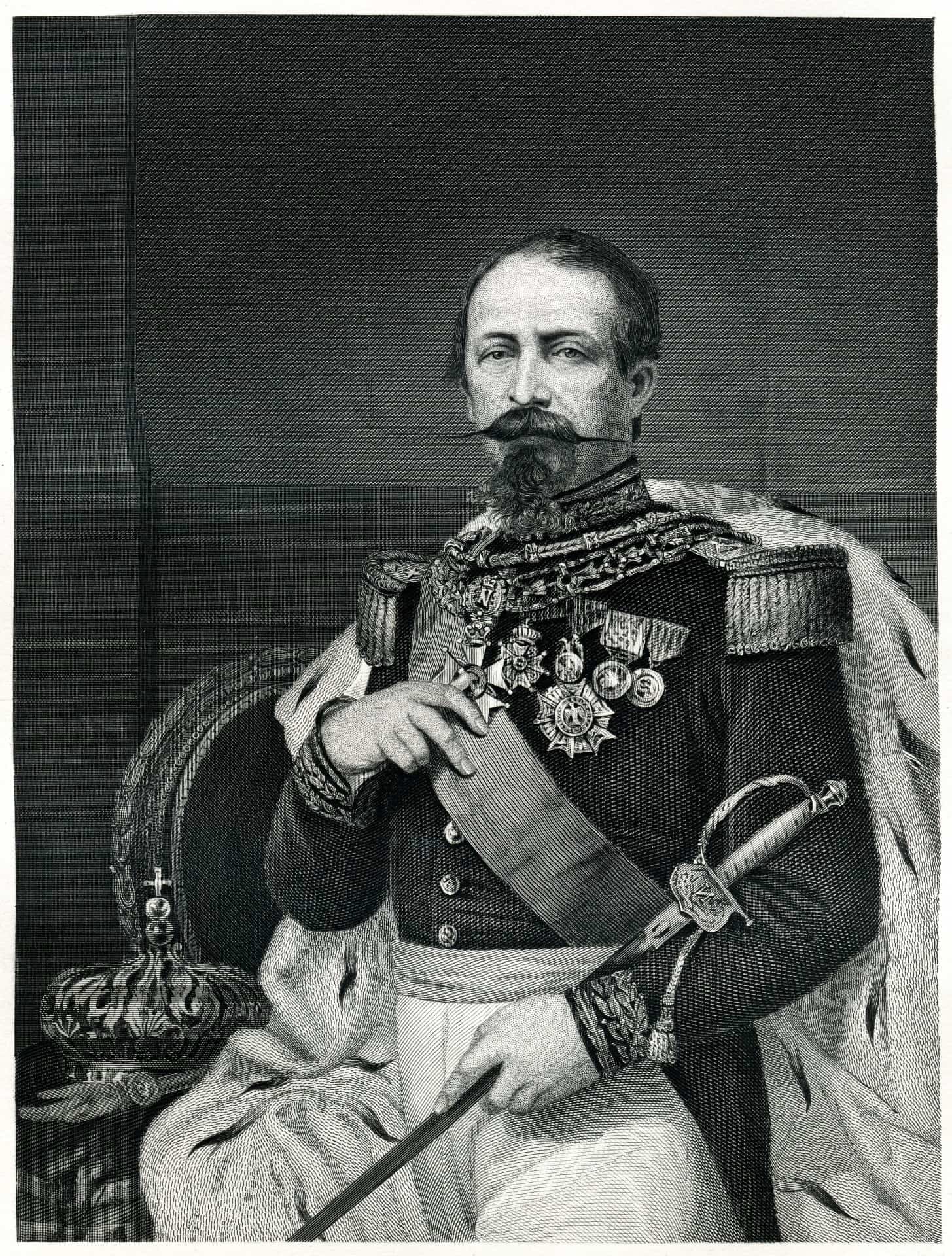
Napoleon III
Charles-Louis-Napoléon Bonaparte was born in 1808 and spent the majority of his youth in London, exiled from France in 1815 along with the rest of his family as a result of his uncle Napoleon I‘s fall as French Emperor. His time in London greatly influenced his idea of what the Parisian urban layout should aspire to. Throughout the 1830s, Napoleon III spread paraphernalia about the political ideologies of his uncle, which upheld the utmost rationalistic approach to government and city workings. In 1951, Napoleon III, then elected as Republican President, organised a coup that expelled the National Assembly from power and established authoritarian rule for himself as Emperor of France. With his new-found overarching powers, he set about redefining Paris from the ground up.
The Second Empire (1852 – 1870)
At the time of the Second Empire, France was in a seemingly stable place in terms of political and economic position. This is one indication as to why the population of Paris nearly doubled between the 1830s and 1850s, despite recurring disease outbreaks. In fact, by 1846 there were more than a million people living in the overpopulated city, often times living in small shared spaces with over a dozen other people. Close proximity led to unhygienic, disease-ridden slums that Napoleon decided to gut in order to make way for a new Paris; a Paris with enough clean water, sewage drainage, trees, and open space for healthy living. This is the Paris that he commissioned Baron Georges-Eugène Haussmann to construct.

Georges-Eugène Haussmann
Georges-Eugène Haussmann, born 1809, was an ambitious French civil servant. He was born to an imperialist family and as a result maintained a deep loyalty to France and its Emperor. He worked for the civil service from 1831 until 1870. Despite not being artistically trained, his style of white, neoclassical uniform buildings matched the style of Napoleon III, and so he was hired. They worked very closely together to design the well-spaced roadways, and extensive parks and greenery reminiscent of London’s Hyde Park, with which Napoleon III had fallen in love in his youth.
While it was believed that he was megalomaniac, Haussmann made a number of investments into public infrastructure not solely for prestige, but also for the greater good. He brought in public parks, water supply, adequate sewage, and gas lighting, all of which improved the health and safety of the fast-growing population. All Parisians and visitors benefited from these public works, regardless of their social class (Christiansen 2018, p.83).
Yet, despite the immense social benefit brought to Paris, Haussmann was asked to resign in 1870 because of the large cost to the government. In a moment of defiance, he refused to resign, being unapologetically proud of the city he built, no matter the cost. Napoleon III resorted to firing him, in an effort to save face.
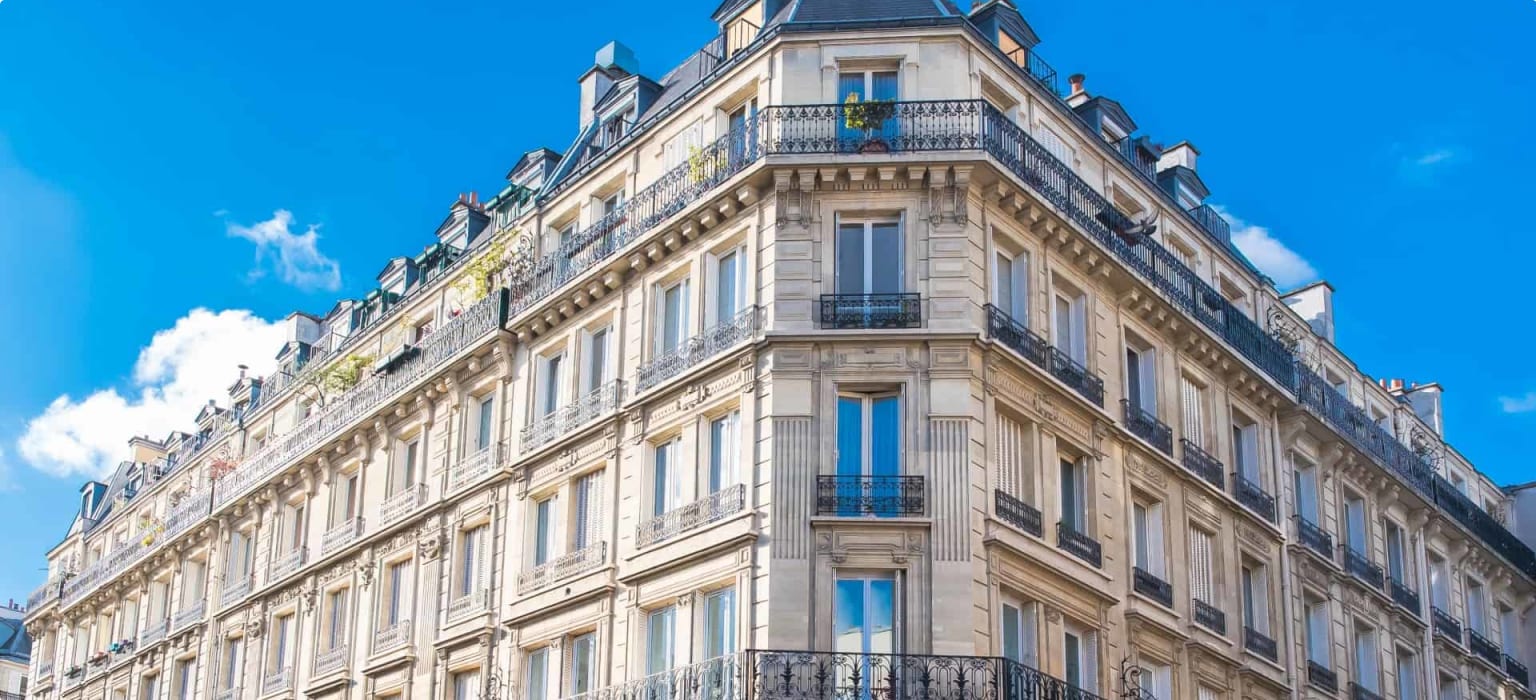
Redesigning Paris
The partnership between Napoleon III and Haussmann quickly blossomed in the early 1850s as they began to draft and agree upon the new airy design of the city without giving a care to obstacles, whether it was existing residents or money even in central Paris. First, they demolished most parts of the city, including several slums housing hundreds of thousands of people. They tore down 12,000 old medieval buildings to replace them with 34,000 new buildings, most of which were five-story accommodation complexes in Paris’ signature cream stones with intricate railings.
The Marais District represents an example of the medieval streets that made up the entirety of pre-Haussmann Paris. It was one of the only parts of the city that were largely excluded from the reconstruction of Paris. These small, narrow streets are still somewhat hidden gems of the city.
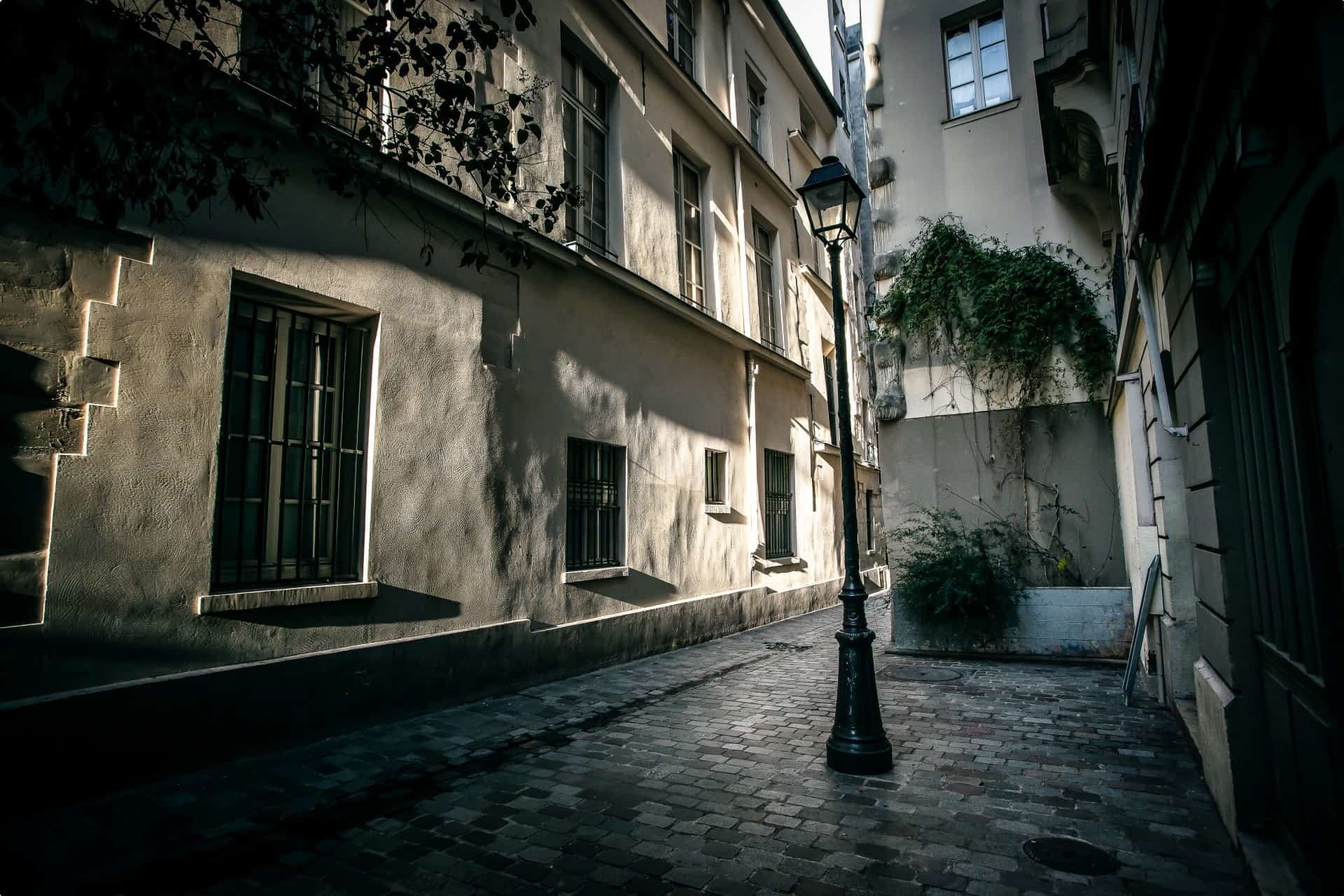
With the destruction of the old streets, in came the new spacious model for Paris. Where in 1850 open space was confined to a total of fewer than 20 hectres, in 1870 more than 1,600 hectres of open space were left around the city (Christiansen 2018, p. 85). These included the ‘bois’ park areas and the wide tree-lined avenues.
Napoleon was also focused on laying railways and pavement increasing transportation. This was meant to symbolise French prosperity as it would lead to greater trade as well as greater travel opportunities for rich families. On average 700km was added to the rail network each year, accumulating to nearly 18,000 km in total by 1870 (Napoleon.org). Works were completed on the railway stations that linked the these vast networks, especially on the large hub stations of the Gare du Nord (completed 1865) and Gare de L’Est (redesigned by Haussmann 1854). While Napoleon III was expressly concerned with all of the construction to the image of Paris above ground, as a show of French, and by extension his, might, Haussmann was rather passionate about was to be beneath Paris.
Arguably the most important feat of the near 20 year project was the network of aquaducts installed underneath the city to supply clean, fresh water to all of Paris and to carry away sewage waste. Because Napoleon III disregarded Paris’ plumbing as of lesser importance than above-ground projects, Haussmann had to fight for funding on his ‘égouts’. At the time, water was primarily supplied by the Seine (Christiansen 2018, p.89), which was greatly contaminated by bank-side pollution. To better manage water supply, Haussmann oversaw the creation of the largest water reservoir of the era, fed by nearby streams and park lakes. According to Christiansen, nearly 60km of tunnels were excavated to allow for proper water flow to both the reservoir and the waste collection facilities (2018, p.90). These tunnels have remained such an impressive work of urban design, that they are showcased in a museum dedicated to Paris’ sewars, Musée des Égouts de Paris.
In these tunnels, Haussmann also ordered for the installation of tubes to supply gas to lampposts that were erected to illuminate nearly 150km of new roadways. Paris was one of the first cities to install gas lighting in its streets, contributing to it’s name ‘City of Lights’.

Connected to the Arc de Triomphe by the Boulevard Haussmann, is the beautiful Palais Garnier opera house. This was another one of the monumental, spare-no-expense buildings proposed during the Second Empire.
Palais Garnier
Architect Charles Garnier’s passion and dedication for creating an opera house worthy of gracing the skyline of the City of Lights came to fruition on opening night 5 January 1875. Fifteen years worth of planning and labour, in addition to several million dollars, went into the grandiose opera house. It was destined to be an extraordinary symbol of French culture and strength. As indicated by Rupert Christiansen in his book City of Light: The Reinvention of Paris, the design for the opera house was integral to the blueprint of the new capital city, in all of the grandeur associated with Napoleon III’s France (2018, p.16). These grand plans of redeveloping the city, of course, were derailed when Prussia vanquished Napoleon in 1870. But Garnier’s work lived on, with a few political changes, namely removing imperial logos and a budget cut.

The Opera house was a political symbol because it was traditionally and overtly nationalistic. French operas were put on by exclusively French casts. For those who remained distressed by the Palais Garnier’s symbolism for Napoleonic era France, construction on the Sacre-Coeur Basilica, a symbol for ‘overt penance’ for the war with Prussia (Christiansen 2018, p.19), began shortly after opening night.
Controversy
Throughout the public works by Haussmann, the public was largely against the plans for the city’s reform. This was because Haussmann’s large boulevards plowed through a number of slums in which people were living and they would be able to facilitate military or police forces in the prevention of citizen uprisings. Additionally, famous French poet Victor Hugo was overtly against the project and Haussmann himself. According to Patrice de Moncan, Hugo hated Haussmann for ruining “the city’s medieval charm” (Willsher 2016), and wrote about it, causing his followers (most of Paris) to follow suit. There was also an alarming amount of backlash due to the cost of the project, an exorbitant 2.5 billion francs, which is equal to approximately 75 billion euros today (Willsher 2016). In 1870, Napoleon saw the rising discontent of his leadership and appointed Olivier-Émile Ollivier as French Prime Minister. As a result, he was forced to answer for his large expenses on the reform project and fire Haussmann to attempt to boost his suffering reputation. This same year, Napoleon underestimated the Prussian army at the Battle of Sedan and was forced to surrender.
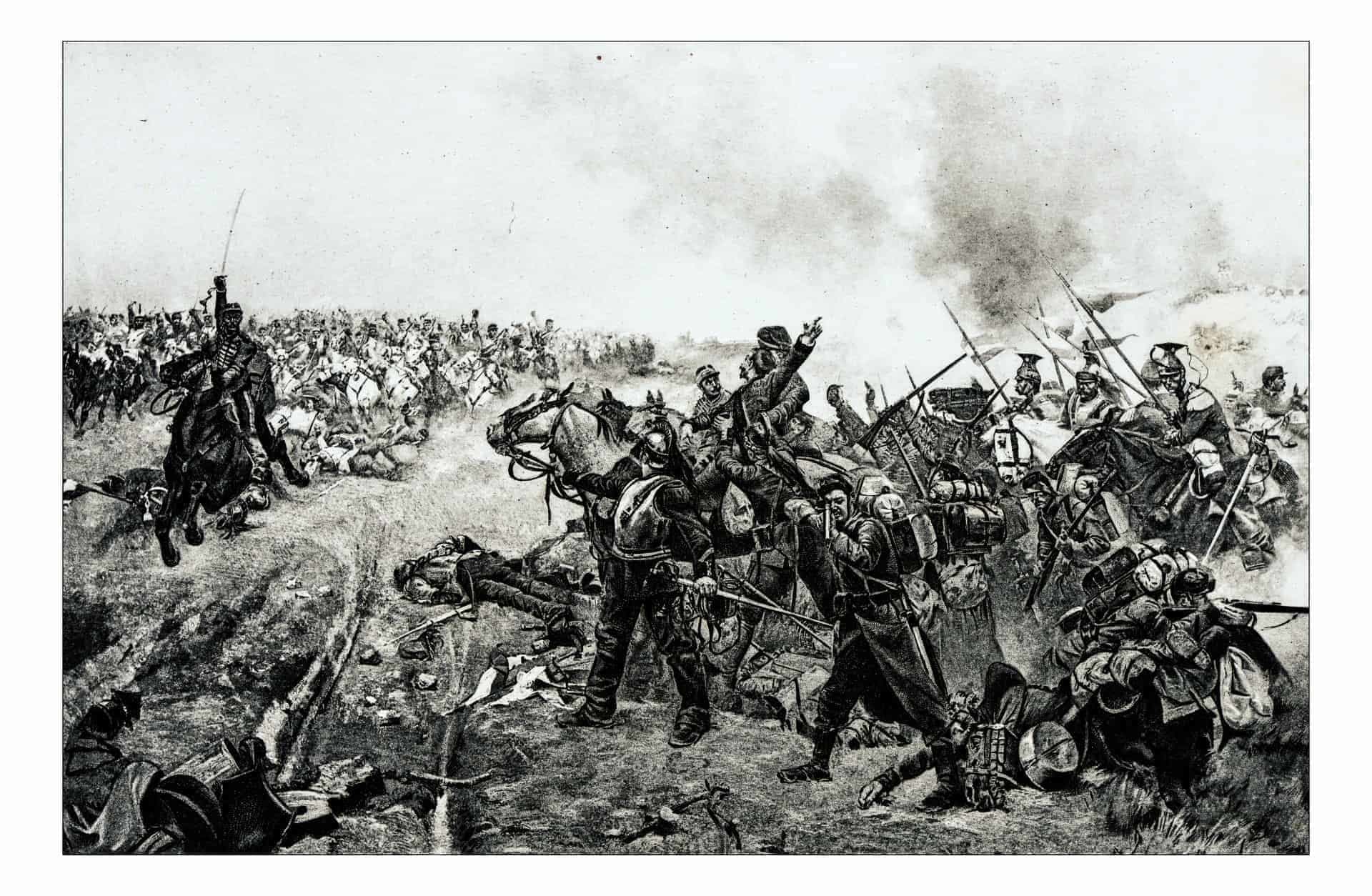
Parisians are still of two minds when it comes to Haussmann’s designs. Some attribute the great successes of Paris as a whole to Haussmann; while others continue to squable over the lost medieval architecture lost during his reform. As de Moncan states,
“Haussmann was never forgiven or recognised in his lifetime in France, and still isn’t… Right up until the 1980s, his buildings were dimissed as rubbish and as many as possible were destroyed.” (Willsher 2016)
Even still, Haussmanns plans continued to be realised well into the 1920s. In 1927, the Boulevard Haussmann was inaugurated after 70 years in the making, named for the impressive accomplishments of Georges-Eugène Haussmann. But, even he acknowledged that he did not require formal praise, stating “as long as Paris stands, my name will remain graven on the stones of the city” (The Guardian Archives 2019). Certainly so, it is because of his perseverance that he managed to bring water and sewage systems to the city as well as the creamy, elegant facade of the romantic city. It was also his vision that inspired the architecture of a number of international cities, including Barcelona. It is largely thanks to him that Paris remains one of the top travel destinations in the world.

For additional information about travelling to France as a mature traveller, check out our guide to France. Odyssey Traveller offers several tours in France: tours in Paris are exploring the city’s amazing historic sites while others use it as a starting point to discover other regions of France while travelling through some fascinating landscapes. Either way, on our small group tours senior travellers are in for a memorable vacation while they learn about the culture and history of the country while getting a taste of the famous French cuisine and wines.
About Odyssey Traveller

We specialise in educational small group tours for seniors, typically groups between 6 to 12 people from Australia, New Zealand, USA, Canada and Britain. Our maximum number of people on a tour is 18 mature aged travellers. Typically, our clients begin travelling with us from their mid 50’s onward. But be prepared to meet fellow travellers in their 80s and beyond! Both couples and solo travellers are very welcome on our tours. We have some 150 tours and offer 300 scheduled departures on offer each year. Odyssey has been offering this style of adventure and educational programs since 1983.
Odyssey Traveller is committed to charitable activities that support the environment and cultural development of Australian and New Zealand communities.
Odyssey Traveller scholarship for Australia & New Zealand University students.
We are also pleased to announce that since 2012, Odyssey has been awarding $10,000 Equity & Merit Cash Scholarships each year. We award scholarships on the basis of academic performance and demonstrated financial need. We award at least one scholarship per year. We’re supported through our educational travel programs, and your participation helps Odyssey achieve its goals. Students can apply for the scholarship by clicking on this link to find out more details.
Join our loyalty program when you join an international small group tour.
Every International small group tour taken typically contributes to your membership level in our Loyalty Program for regular travellers. Membership of the alumni starts when you choose to take your first international small group tour with Odyssey Traveller, discounts in tour pricing for direct bookings accrue from your third tour with Odyssey Traveller. To see the discounts and benefits of being a Bronze, Silver, Gold, and Diamond alumni member with us, please see this page.
For more information on Odyssey Traveller and our educational small group tours, visit and explore our website, and remember to visit these pages in particular:
- Terms and conditions applicable for booking an Odyssey Traveller tour.
- FAQ’s about Odyssey Traveller
Alternatively, please call or send an email.
Related Tours
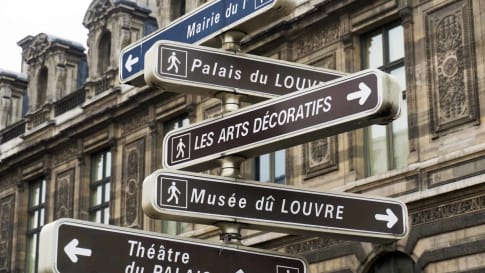
21 days
Mar, SepExplore Paris | 21-day Small Group Tour Exploring Parisian Life
Visiting France
On this small group tour of Paris, travellers take the time to join local guides to learn about the destinations within this city. Authentic experiences with like minded people and an Odyssey tour leader. Staying in apartments this European tour immerses itself in Paris' history, art, and culture in the city of light.
From A$15,325 AUD
View Tour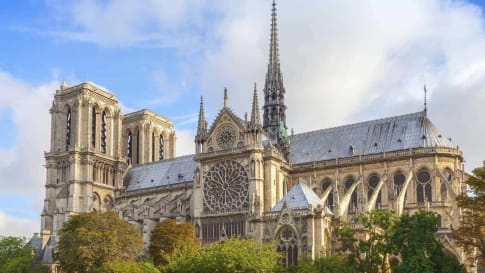
11 days
Oct, MayFrench History by Rail European small group short tour
Visiting France
Odyssey's small group tour offers travellers the unique opportunity to live for 10 days as a local Parisian in one of central arrondissements of Paris. The tour is based on tour is based on Ina Caro’s book of the same name, we stay in charming apartments as a base, and explore the city and surrounding areas using train and metro.
From A$10,500 AUD
View Tour
24 days
Sep, AprLa Belle France small group escorted history tours for seniors
Visiting France
Travelling with like minded people on this small group we visit several culturally significant and picturesque regions of France, including Provence, Champagne, Burgundy, and Bordeaux regions, where we sample wine and learn more about the tradition of wine-making. We also visit the Loire Valley to see its many castles. Finally, we travel to Bayeux, from where we we visit Mont St Michel and spend time up on the Normandy landing beaches with local guides.
From A$19,965 AUD
View Tour

